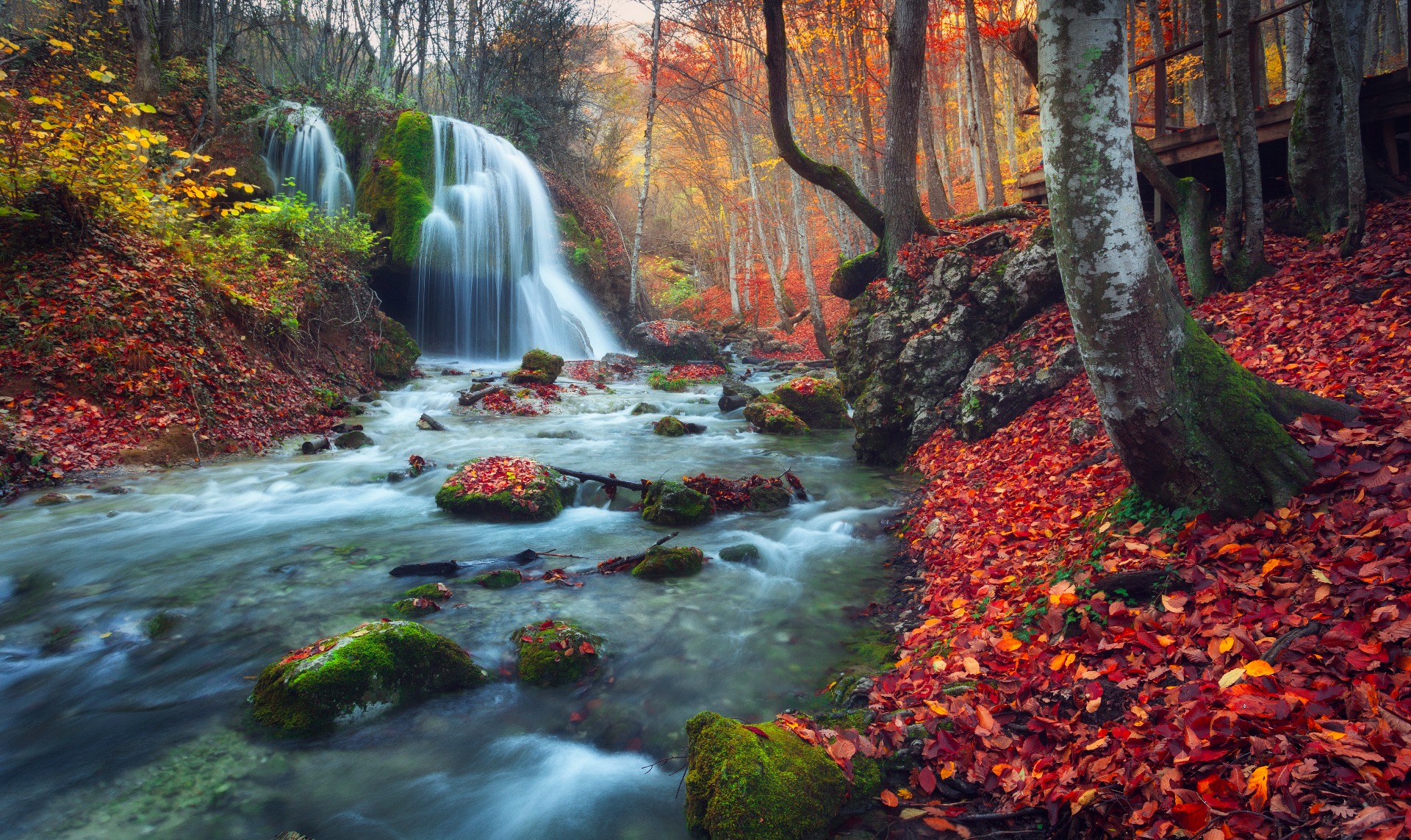
Wild Animal Information Program
Press on 'Photo Gallery' to see some amazing wild animals.
Know more about animals.
On this website you will be learning more about different animals and their adaptations, if there is an animal that you cannot find on this website, please let us know your problem.

Tigers
The tiger's striped coat helps them blend in well with the sunlight filtering through the treetops to the jungle floor. The tiger's seamless camouflage to their surroundings is enhanced because the striping also helps break up their body shape, making them difficult to detect for unsuspecting prey.

Leopards
Adaptations are natural physical features or behaviours that help living things survive in their habitats. Leopards have a variety of adaptations, including being nocturnal, having strong and fast bodies with enormous heads and jaws, and sharp canine teeth and claws that allow them attack and capture prey to eat.

Jaguars
Leg- they can run fast, away from predators/to its prey. Skin- they can camouflage to their environment. Claws- they can catch their prey easily. Tails- help them keep balance while leaping and paws they can move near its prey without the prey knowing.

Snakes
A snake's main adaptation to life is its very form. With no legs, arms, ears and other appendages, it can slither through grass or among rocks without causing disturbance that might frighten prey. It can enter narrow holes in the ground made by rodents, find those rodents and eat them.

Poison Dart Frog
Different from other frogs, the Poison Dart Frog doesn't have markings to camouflage its body. They can be brightly coloured in red, blue, yellow, green or black, and can have stripes, spots or patterns. The brighter the colours, the more poisonous it is. Another adaptation is their skin is poisonous.

Koala
Rough pads on the palms and soles of the paws helping to grip tree trunks and branches. Koalas have fur on their bottoms which is like a cushion for hard branches they sit on, it also acts as a camouflage to make the Koala hard to spot from the ground.
Lions
Their long, retractable claws help them to grab on to and keep hold of prey. Their rough tongue helps them to peel the skin of prey animals away from the flesh and the flesh away from the bone. The loose skin a Lion has on their belly allows a lion to be kicked by prey with little chance of injury.

Ocelots
Ocelots have retractable claws, like most cats, so that the claws can remain sharp for both seizing and holding prey. They have large eyes with acute binocular vision, and good night vision, which is adapted for hunting.

Pandas
Their fur helps them dry and cool, they have short tails to help them balance in trees and keep them warm while they're asleep, they have hairs on bases of their feet so they don't slip while climbing and they come out to feed at night when fewer predators are around.

Cheetahs
Rapid acceleration requires a cheetah to have high oxygen intake adaptations including enlarged nostrils and extensive, air-filled sinuses. While running, a cheetah's specially adapted respiratory system allows it to go from a normal rate of 60 breaths per minute to 150 breaths per minute.

Scarlet Macaw
Scarlet Macaws have a very strong beak so that they can crush the nuts and seeds. They even pinch their predators with their beak. Scarlet Macaws also have very sharp talons so as to grab hold of the branches.

Monkey
New World monkeys have different adaptations that let them survive better in their habitat. These include round nostrils that are farther apart and prehensile tails. They do not have cheek pouches or rump pads like the Old World monkey.
